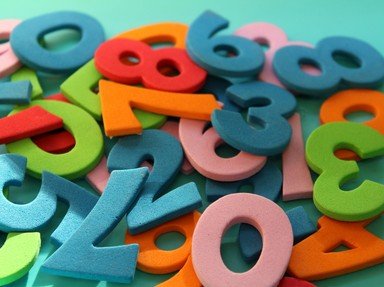Quiz Answer Key and Fun Facts
1. The number "1" can be used in fraud detection.
2. Which of the following statements is NOT true about the number "2"?
3. If any whole number is multiplied by three, what will the sum of the individual digits of the answer always be divisible by?
4. In 1853, it was proposed that the number "4" would be helpful in which subject that is currently taught in elementary school?
5. How many sides are on the five Platonic solids?
6. The number "6" is the smallest perfect number.
7. The number "7" is a Mersenne prime number. What does this mean?
8. Why did the 2008 Olympics in Beijing start at eight minutes and eight seconds after eight pm, on the eighth of August 2008?
9. For how many years was it believed that our solar system had nine planets, before Pluto was designated a dwarf planet?
10. Who felt that the tetractys, a two-dimensional triangular symbol with ten points, was a holy symbol?
Source: Author
Trivia_Fan54
This quiz was reviewed by FunTrivia editor
agony before going online.
Any errors found in FunTrivia content are routinely corrected through our feedback system.
